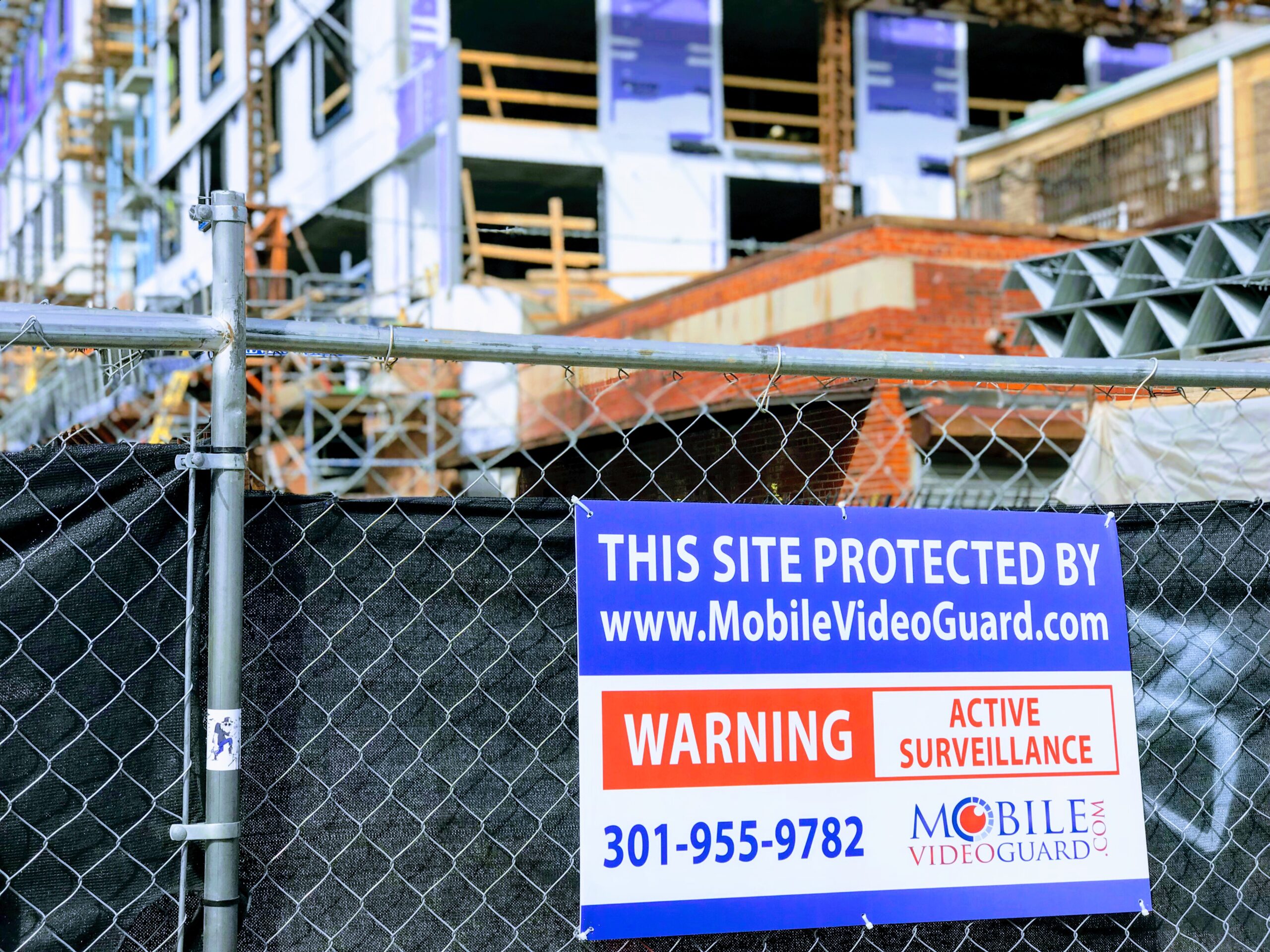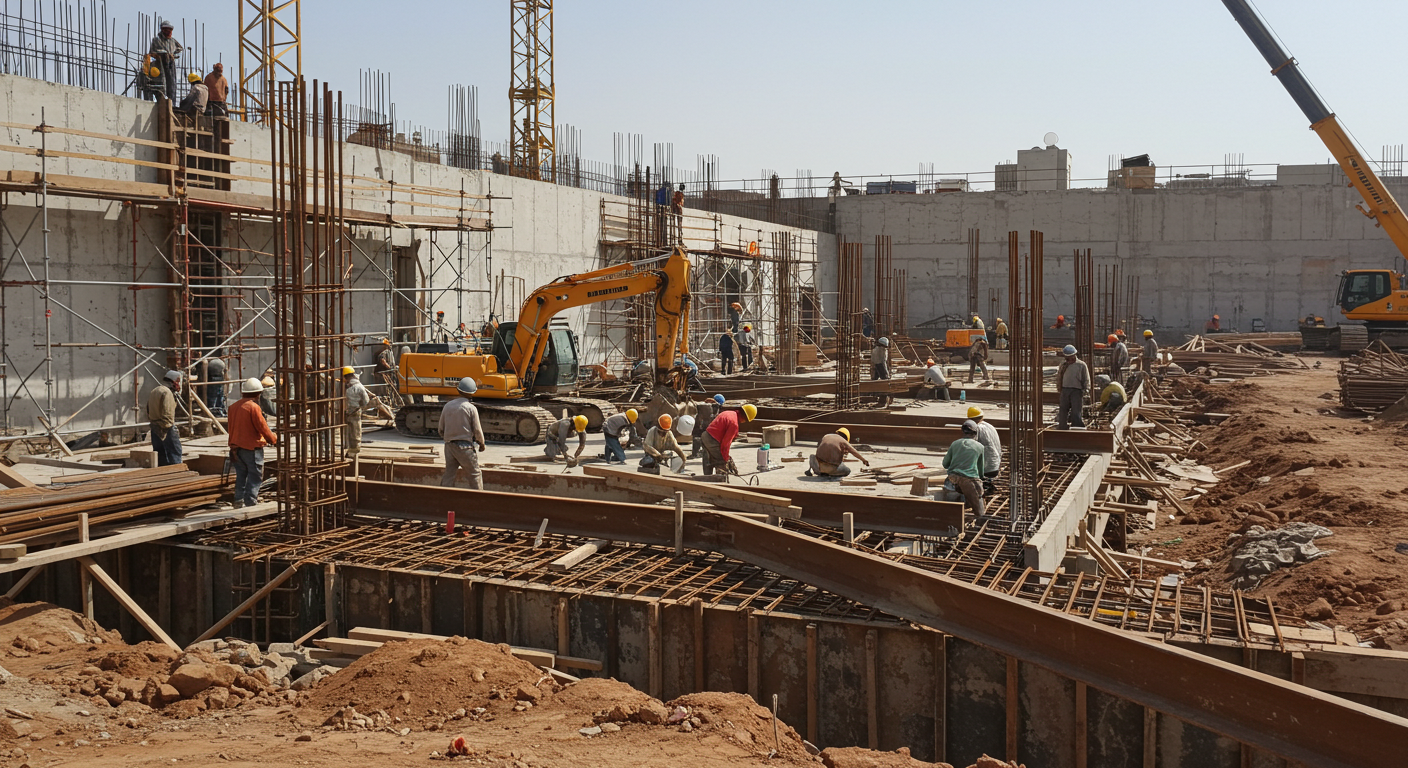Washington, D.C. is a world of wonder for art lovers and historians. The city is home to 70 unique museums, some of which are the world’s most visited. But it’s also home to art event security risks facing museum exhibitions and outdoor art events alike.
While most are familiar with the Smithsonian museums, there are dozens of others, ranging from child-friendly and free to distinctive and for-a-fee. From the National Archives and the Newseum, to the niche Museum of the Bible to the natural U.S. Botanic Garden, the D.C. scene has something to offer everyone.

Of D.C.’s treasure trove of museums, a good portion are art museums, some of the most notable of which include:
- The National Gallery of Art
- Smithsonian American Art Museum
- The Renwick Gallery
- National Museum of African Art
- Dumbarton Oaks
- The Kreeger Museum
- The Phillips Connection
Even outside of museums, you’ll find a thriving art world where exhibitions abound. A Google search for “art events in D.C.” turns up hundreds of results for 2020, ranging from independent art workshops and private tours to art festivals and more.
4 Exhibition and Art Event Security Risks
Protecting art is a job done by conservationists, activists and advocates, historians, scientists, and security professionals. If the last thing in that list surprises you, it really shouldn’t. We need professionals for securing and preserving art. We also need folks in charge of the practical, tactical job of keeping it from vandalism and theft.
It’s imperative for art museums, exhibits, galleries, events, and festivals in D.C. to be equipped with security adequate for handling the risks that come with displaying fine art.
1. High-Value Items
One of the most famous cases of art theft is when the Mona Lisa was stolen in 1911 (a case of employee theft, which today accounts for about a third of retail loss). High-value art is highly desired, and art theft is a lucrative business for those who figure it out.
Not all art thieves are black market experts – some are just random people who enjoy the thrill of thieving. Or else they think they’ll make money, but didn’t realize stolen art can be hard to sell without getting caught.
For as long as art has existed, and for as long as it continues to have some value, art theft will continue to be a problem.
2. Public Access
One of the draws of many of D.C.’s museums and art exhibits is that they are open to the public. While this is a public good that fosters education and love of art, there are inherent risks anywhere you have public access.
Access control at public museums or galleries can only do so much. And open-air exhibits or festivals present even greater risk.
D.C. art event coordinators are responsible for ensuring the works on display remain safe, yet accessible to large crowds of ordinary people – those with good motives, and those with ill intent.
3. Crowded Venues
Famous museums like the Smithsonians see hundreds of thousands of visitors daily. Even less popular museums are crowded for most of their operating hours.
Art is often displayed in open spaces, with distance between each piece. The goal is to ensure many people can have an unobstructed view.
However, these open spaces become packed like sardine cans, and crowded venues make it much harder to maintain clear surveillance on every art piece. It also becomes tough to flag, monitor, and track individuals with suspicious behavior. It can be much easier to get away with something in a crowd, where your actions are harder to spot.
Public crowds are also a risk factor of themselves, art aside. Crowds make it easy for children to get separated from their parents, for destructive accidents to happen, and for violence to escalate.
4. Insufficient After-Hours Security
While most museums have world-class security, smaller art exhibitions and art events in D.C. usually lack the protection they need.
Most art theft occurs after-hours when events have closed and protection is limited. The cover of night makes it easier for break-ins, and unmonitored surveillance cameras can only do so much. They certainly can’t stop a thief in the act in the absence of security guards.
Even 24/7 security personnel is limited in scope. With only one set of eyes to cover a large space, there’s still a chance for theft or vandalism.
Affordable, Accessible Art Event Security in D.C.
While the world-famous museums have ultra-complex security, for art event coordinators in D.C., exhibit security doesn’t have to be complicated.
For less than half the price of armed security guards, a mobile video surveillance system can accomplish the art event security work of a whole security team:
- Detecting suspicious activity
- Stopping crime before it happens
- Locating lost persons in a crowd
- Keeping eyes on every valuable
- Identifying areas for on-site crowd control
What’s more, a remote-monitored event security solution can actually deliver advantages over hiring 24//7 security guards, such as immediate contact with local law enforcement, instant access to the live video feed from a mobile app, and 360-degree camera view at all times.
You can get this type of technology-savvy art event security service on-demand, with no contract, whether you need it for long-term event or short-term event safety use.
You simply pay one up-front rate, security professionals set up the equipment within minutes, and get instant video surveillance that records on motion. After hours, your site is monitored by trained surveillance professionals at a real-time operations center, and your footage is stored for your review.
Trust Your Art Exhibit Security to Mobile Video Guard
For museum security, exhibition security, art show security, art festival events, and art fair security contact, Mobile Video Guard. We’ve been protecting businesses in Maryland, Delaware, Virginia, and D.C. for years with our innovative mobile surveillance technology.
We’re happy to consult with you on your exhibit security needs. We guarantee fast, friendly, and affordable service with the utmost level of professionalism and satisfaction. 844.724.2183



